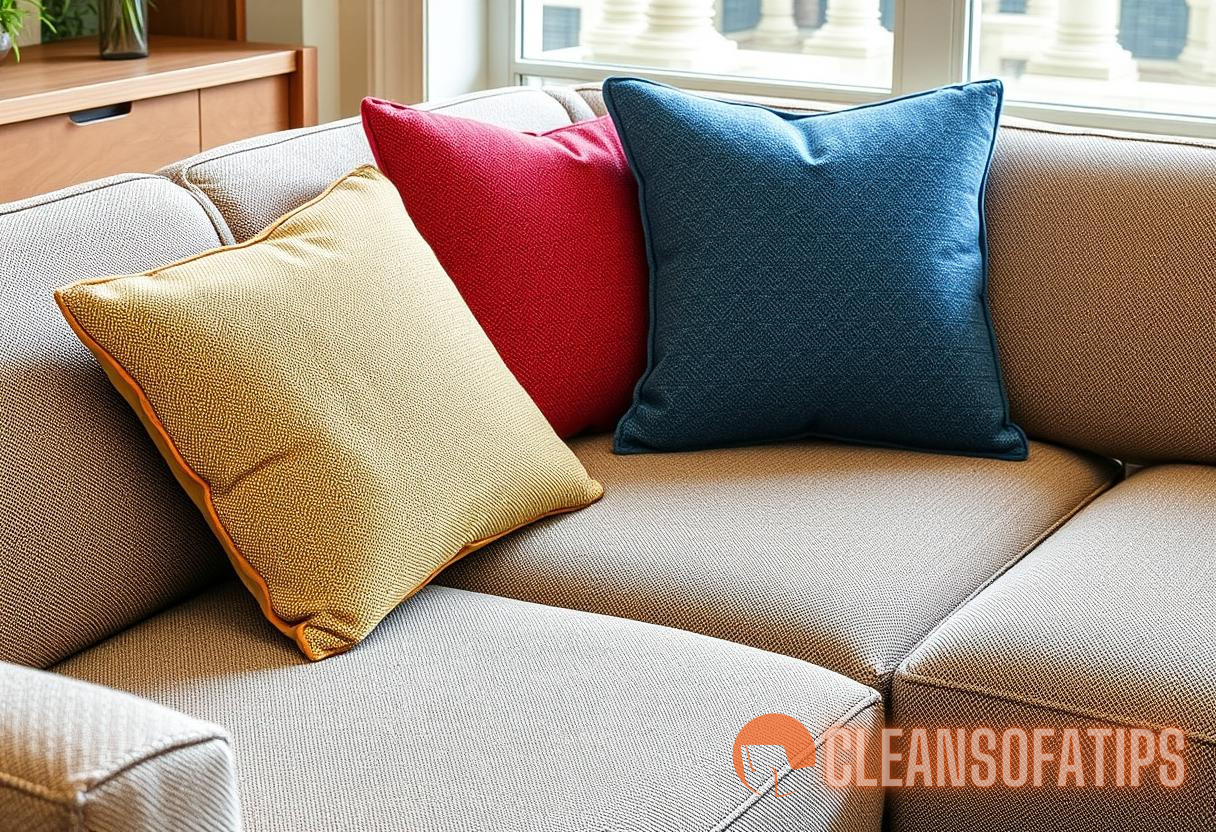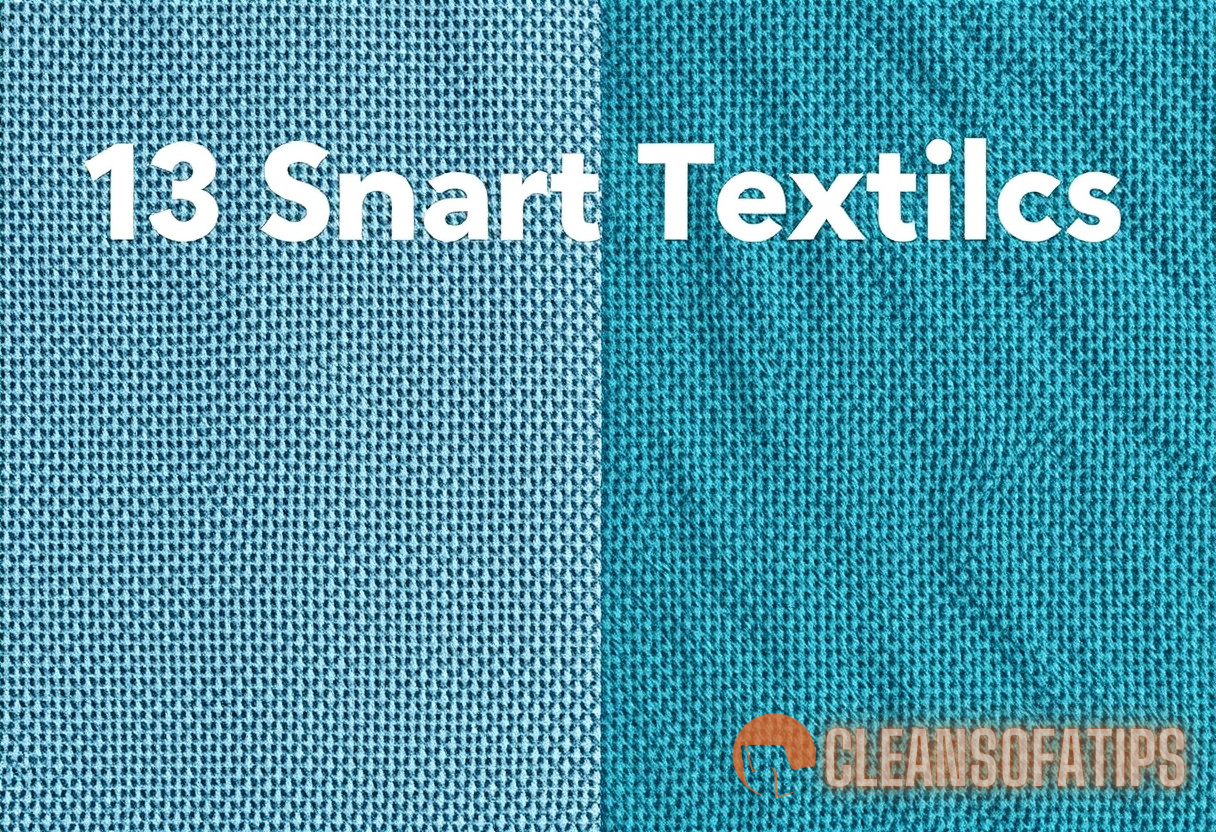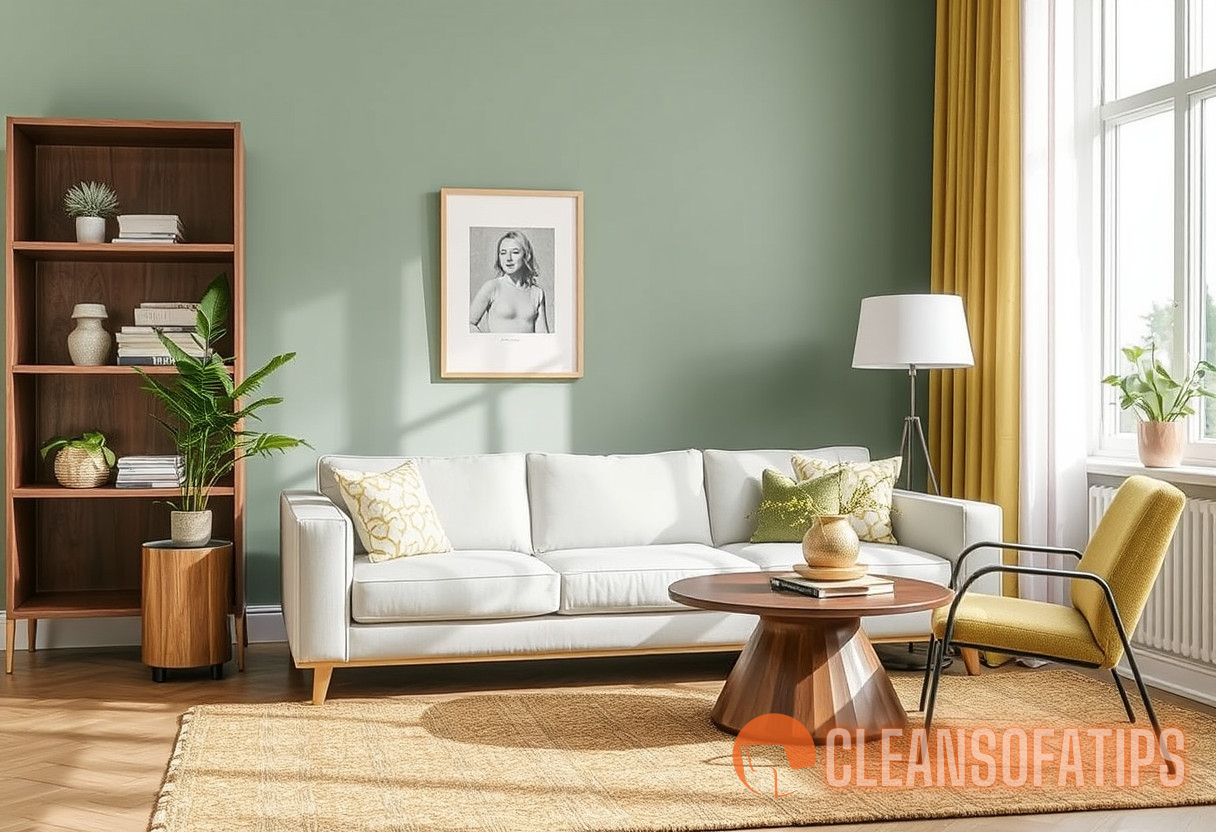Revolutionizing Upholstery Care: The Role of Smart Fabrics in Enhancing Durability and Sustainability
In the modern age of home design and functionality, upholstery care has received a significant upgrade through the advent of smart fabrics. As fabric care evolves, the integration of technology has revolutionized how we maintain, sustain, and protect our upholstery. This comprehensive guide will explore the essential aspects of smart fabric care, highlighting the key benefits, applications, and innovations in the realm of upholstery.
Understanding Smart Fabrics
Smart fabrics, also known as e-textiles, are materials embedded with advanced technology that allows them to respond dynamically to external stimuli. These stimuli can include temperature, moisture, and pressure, making them versatile for a variety of applications, including upholstery.
There are two primary types of smart fabrics:
- Active smart fabrics: These fabrics can sense environmental changes and react accordingly. For example, they may change color or temperature based on the wearer’s needs or the environment.
- Passive smart fabrics: These do not actively respond to stimuli but are engineered for enhanced properties such as stain resistance, UV protection, and antimicrobial features.
Both types of smart fabrics enhance traditional upholstery, providing exceptional durability and sustainability.
The Benefits of Smart Fabric Care
Smart fabric care introduces various benefits that enhance the longevity and sustainability of upholstery. Here are some key advantages:
- Improved Durability: Smart fabrics are engineered to resist wear and tear, significantly extending the lifespan of upholstered furniture.
- Stain Resistance: Many smart fabrics are treated to repel spills and stains, making maintenance simpler and reducing the need for harsh cleaning agents.
- Antimicrobial Properties: Certain smart fabrics have built-in antimicrobial features that inhibit bacterial growth, ensuring cleaner and safer environments.
- Eco-Friendly Options: Many manufacturers are investing in sustainable production practices for smart fabrics, contributing to overall environmental health.
Applications of Smart Fabrics in Upholstery
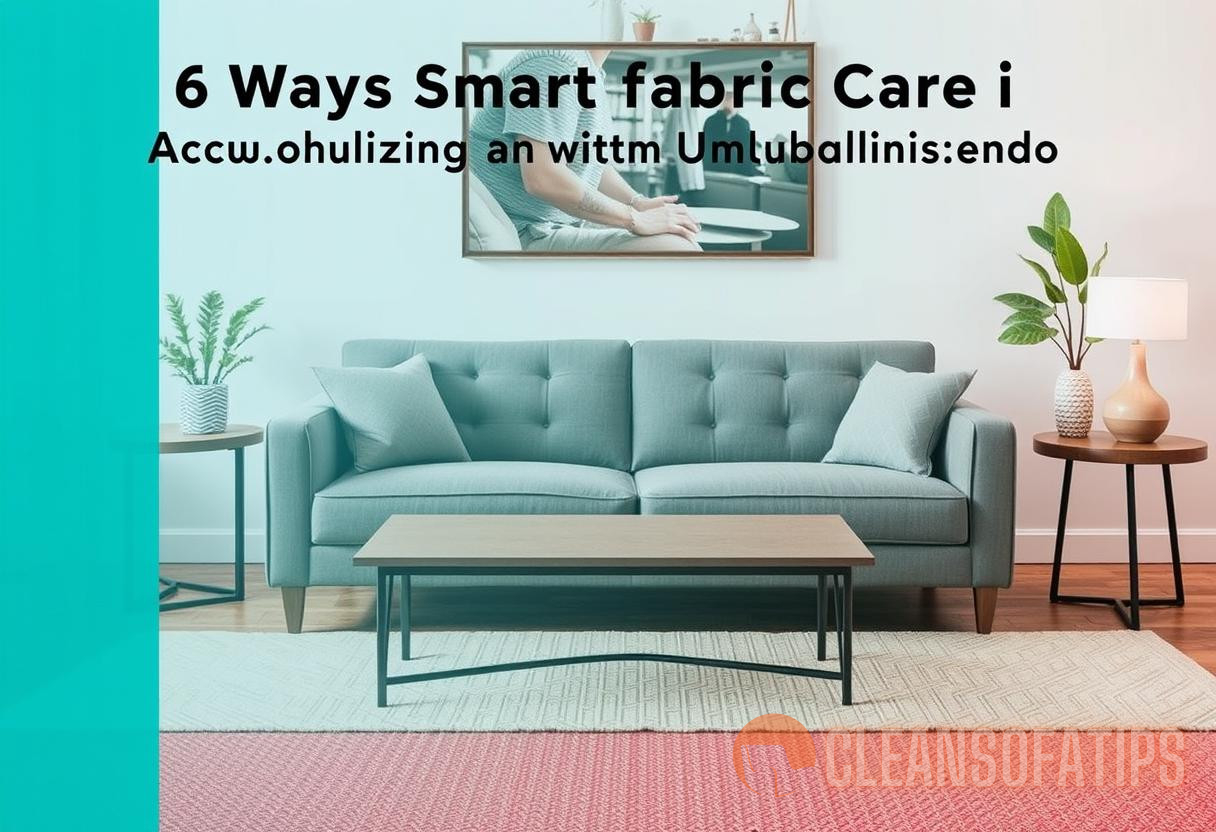
Smart fabrics are utilized across various upholstery settings, from residential to commercial environments. Here’s a breakdown of their notable applications:
- Residential Furniture: Sofas and chairs covered in smart fabrics are more resilient to everyday wear, providing a longer-lasting investment for homeowners.
- Commercial Use: Restaurants, hotels, and offices benefit from the durability and aesthetic appeal of smart fabrics that withstand high traffic.
- Automotive Upholstery: In the automotive industry, smart fabrics are used to enhance both comfort and longevity in vehicles, often integrating temperature modulation and stain resistance.
For more information on selecting the right upholstery fabric, visit our guide on Upholstery Fabric Selection.
The Science Behind Smart Fabric Care
The development of smart fabrics involves various scientific principles and engineering techniques. These fabrics often incorporate nanotechnology, which allows for smaller and more efficient methods of improving fabric properties.
- Nanotechnology: Tiny particles are infused into fibers, enabling water repellency and stain resistance at a molecular level.
- Conductive Materials: Some fabrics incorporate conductive fibers that can transmit electrical signals, enabling functionalities such as heating elements or sensors.
- Biodegradability: Innovations in fabric materials have led to the creation of biodegradable smart fabrics, significantly minimizing environmental impact.
Real-World Case Studies
Several companies are leading the charge in integrating smart fabrics into the upholstery market. Notable examples include:
- Teijin: This Japanese company has pioneered the production of eco-friendly smart fabrics that promote sustainability and function.
- SenseWear: Primarily in the fitness sector, this startup creates smart textiles that monitor body activity, reflective of how technology can impact lifestyle through upholstery.
Case studies show that companies using smart fabrics have seen significant improvements in customer satisfaction and sustainability ratings. For instance, the introduction of a new smart upholstery fabric line by a major manufacturer resulted in a 30% decrease in customer complaints regarding stains and a 20% increase in product lifespan.
Maintaining Smart Fabrics
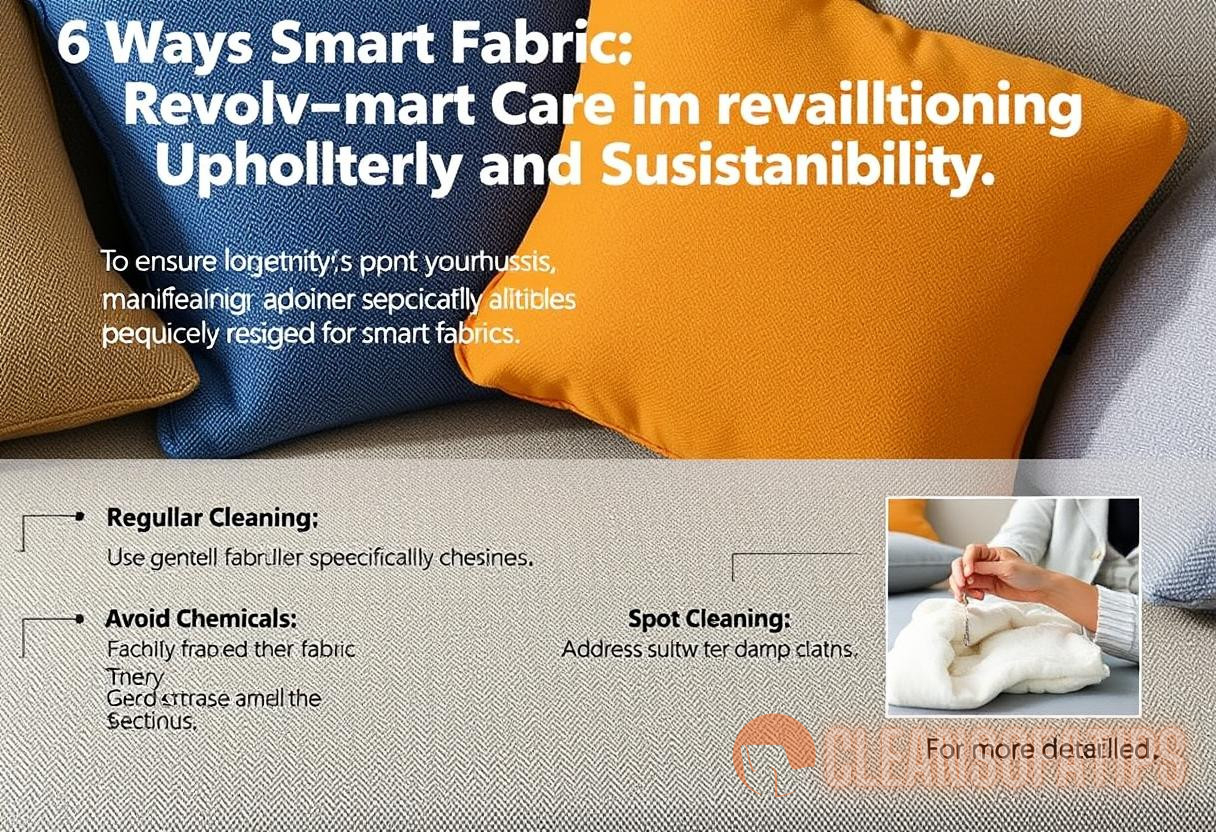
To ensure longevity, maintaining smart fabrics requires specific practices:
- Regular Cleaning: Use a gentle fabric cleaner specifically designed for smart fabrics.
- Avoid Abrasive Chemicals: Harsh chemicals can damage the fabric properties and decrease their effectiveness.
- Spot Cleaning: Address spills immediately with a damp cloth to prevent stains from setting.
For more detailed care instructions tailored to specific fabric types, refer to our article on Fabric Care Tips.
The Future of Smart Fabric Care
As technology advances, the future of smart fabric care looks promising. Emerging trends suggest the integration of Internet of Things (IoT) capabilities into smart fabrics, enabling real-time monitoring of fabric conditions. This could involve:
- Condition Sensing: Fabrics equipped to alert users about their cleanliness or immediate need for maintenance.
- Automatic Cleaning Solutions: Smart fabrics that can self-clean or have embedded mechanisms to facilitate easier cleaning.
The potential for further innovations in this field not only enhances user experience but also aligns with sustainable practices aimed at reducing waste and keeping upholstered items in use longer.
Consumer Awareness and Education
Educating consumers about the benefits of smart fabric care is key to encouraging widespread adoption of these advanced materials. Here are some essential points to convey:
- Understanding Cost vs. Value: Smart fabrics may have a higher initial investment but can lead to long-term savings through decreased maintenance costs and prolonged use.
- Environmental Impact: Awareness of the eco-friendly nature of many smart fabrics can significantly influence purchasing decisions.
- Longevity and Trends: Educating consumers on the durability and aesthetic diversity of smart fabrics can shift perceptions and encourage exploration of design options.
Conclusion: A New Era in Upholstery Care
Smart fabric care represents a transformative shift in how we approach upholstery maintenance, intertwining technology with craftsmanship to enhance durability and promote sustainability. With ongoing advancements and increased consumer awareness, the future is bright for smart fabrics, paving the way for more durable, sustainable, and aesthetically pleasing upholstery options that align with contemporary living standards.

